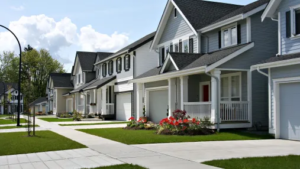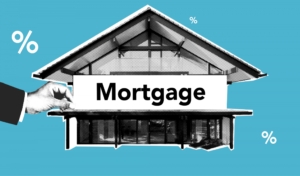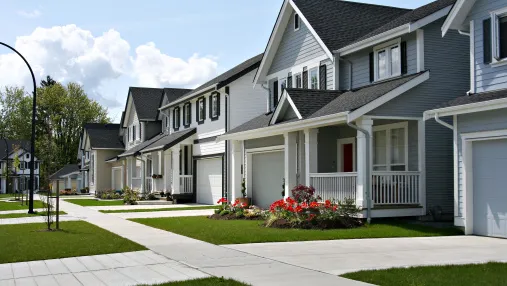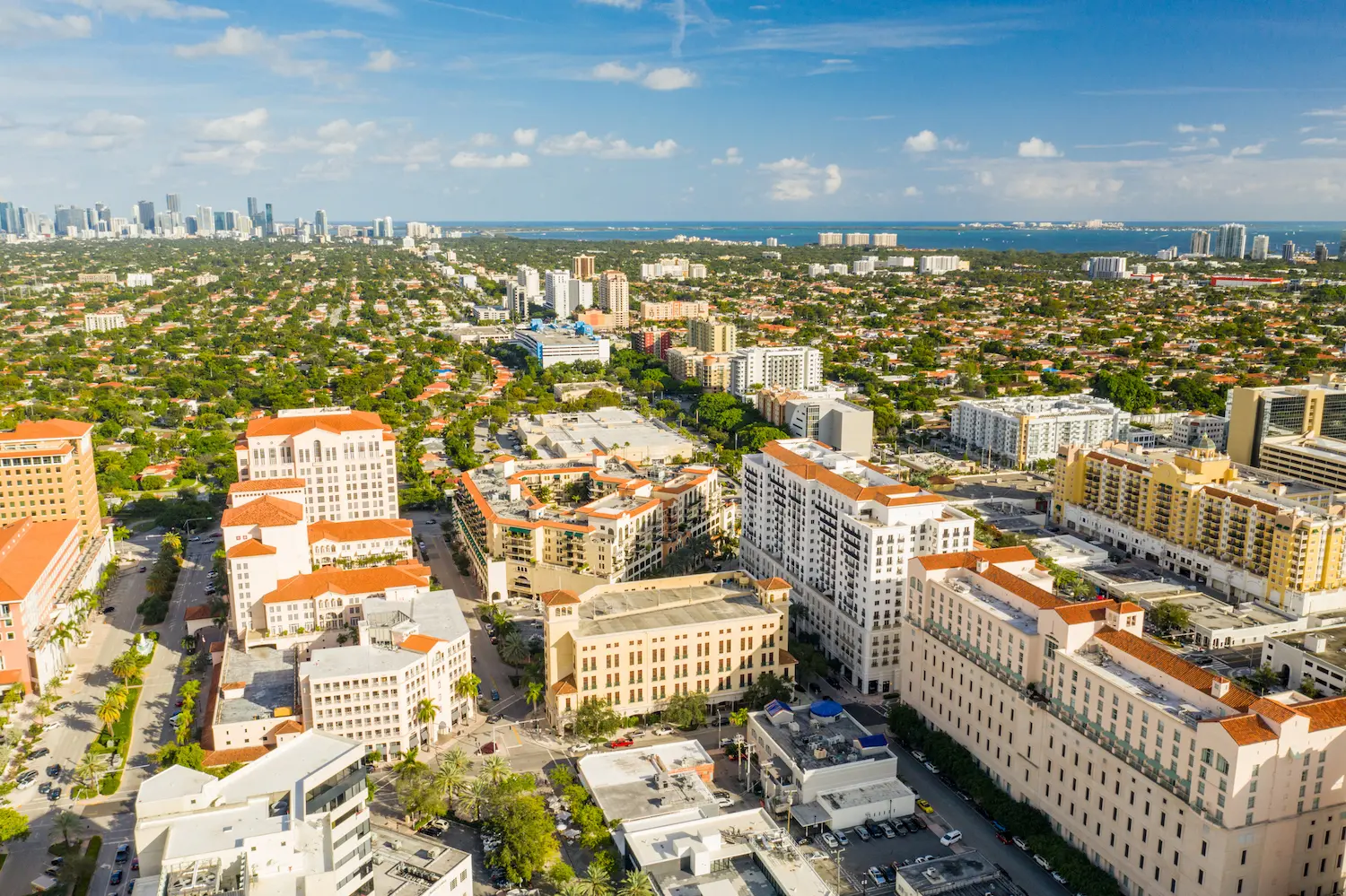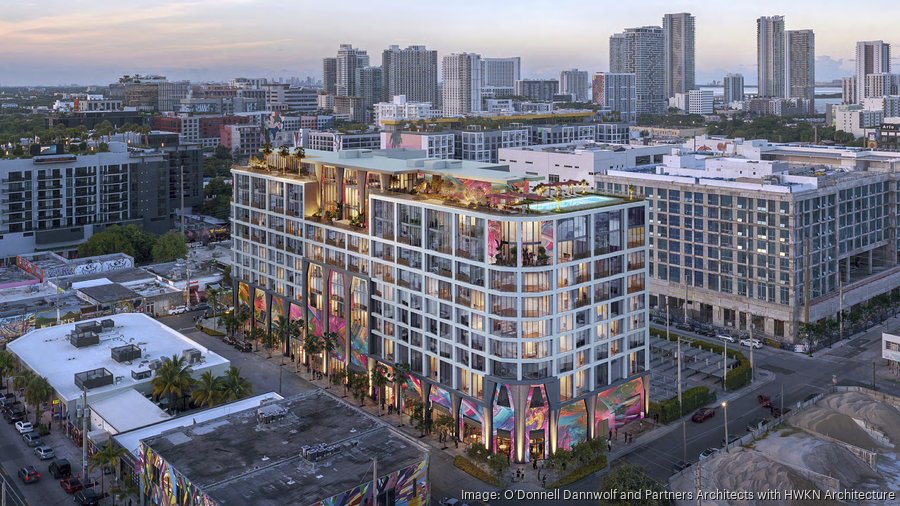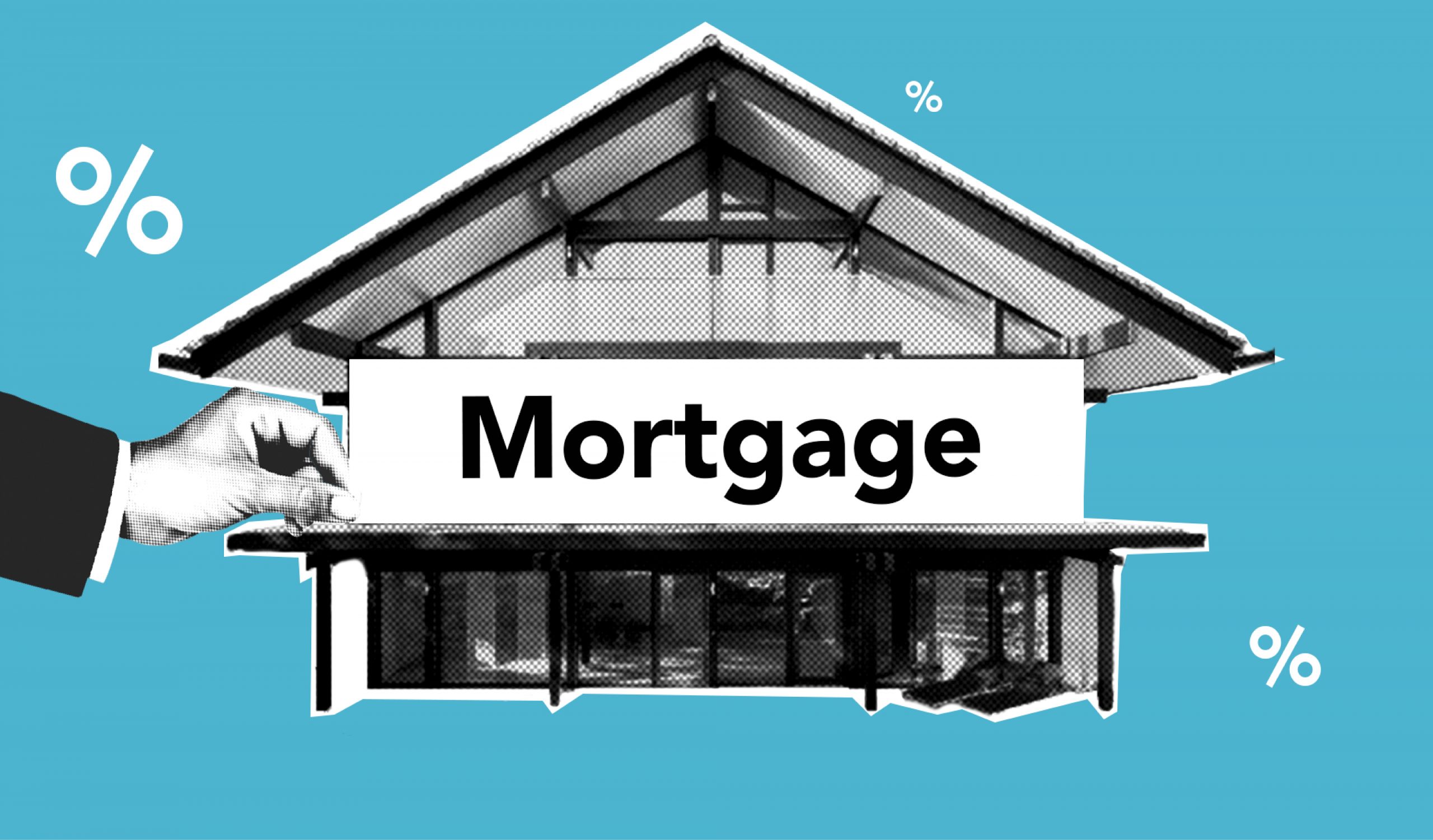America's Aging Housing Stock: Why Buyers Are Purchasing Older Homes
The Graying of America's Housing Inventory
America's housing inventory is getting older, and it's not because buyers are suddenly developing an affinity for vintage charm. The typical home purchased in the United States reached a record age of 36 years in 2024—representing a significant nine-year increase from the median age of 27 years in 2012. This aging trend cuts across all property types, with condominiums experiencing the most dramatic shift, aging from a median of 26 years in 2012 to 38 years in 2024.
This trend reflects a fundamental shift in America's housing landscape, primarily driven by two critical factors: a persistent shortage of new construction and the ongoing affordability crisis that continues to shape buyer behavior nationwide.
"The aging of America's housing inventory reveals a deeper structural problem in our real estate market," explains housing market analyst Rebecca Chen. "When buyers are increasingly limited to older properties, it signals that our construction industry hasn't kept pace with population growth and evolving housing needs."
Construction Drought: The Post-2008 Building Slowdown
The 2008 global financial crisis devastated America's construction industry, and the effects continue to reverberate through today's housing market. Only 9% of America's current housing stock was built during the 2010s—marking the lowest percentage of new construction for any decade since the 1940s, when World War II halted building activity nationwide.
While residential construction has gained some momentum in the 2020s—particularly in Sun Belt and Mountain West regions that experienced pandemic-driven migration—current projections suggest this decade will still produce the second-lowest number of new homes since the 1940s.
This protracted construction slowdown has created a supply-demand imbalance that forces buyers to choose from an increasingly dated inventory of homes. For first-time homebuyers and those with limited budgets, this often means settling for properties with aging systems, outdated features, and looming maintenance concerns.
The Narrowing Price Gap Between New and Old Properties
While older homes remain more affordable than newer construction, the price differential is shrinking significantly. In 2024, the typical newer home (less than five years old) sold for $425,000—31.6% more than the $323,000 median price for older homes (30+ years). This represents a dramatic shift from 2012, when buyers paid a whopping 77.9% premium for newer properties ($243,730 vs. $137,000).
Several market forces are driving this convergence:
- Construction strategy shifts: Developers are increasingly building smaller, more affordable properties like townhouses, which now constitute nearly 20% of new construction—a record high.
- Regional building patterns: More new homes are being constructed in traditionally affordable markets like the Sun Belt and Mountain West, while demand in some of these regions (particularly Florida and Texas) has recently cooled, causing prices to moderate.
- Rising values in established areas: Strong demand in regions with predominantly older housing stock—especially in East Coast and Rust Belt metros—has driven up prices for these aging properties.
For buyers, this narrowing gap means the financial trade-offs between choosing new versus old are becoming less pronounced. In 2024, newer homes commanded just an 11.8% premium over the median home price, down dramatically from the 44.4% premium observed in 2012. Similarly, older homes now sell at just a 15% discount from the median price, a smaller markdown than the 18.9% discount seen in 2012.
The Geographic Divide: From Buffalo's Vintage Homes to Provo's New Construction
The age disparity in America's housing inventory shows stark regional variations. Buffalo, New York, topped the list of major metros with the oldest housing stock in 2024, with a median home age of 69 years. Only 2.6% of Buffalo's purchased homes were less than five years old, while a staggering 87.3% were over 30 years old.
Other metros with notably aging housing inventories include:
- Pittsburgh (median age: 68 years)
- Syracuse, NY (65 years)
- Springfield, MA (65 years)
- Cleveland, OH (65 years)
In these markets, the price differential between new and old construction remains substantial, with older homes typically selling for less than half the price of newer properties. However, as local real estate professionals point out, these lower upfront costs often come with significant hidden expenses.
"The initial price tag might look attractive, but older homes in our market frequently need major systems updated," notes Jerry Quade, a veteran real estate agent in Cleveland. "Careful inspection of plumbing, electrical, foundation, and roof conditions is absolutely essential—especially in homes with basements that might have water intrusion issues."
At the opposite end of the spectrum, Provo, Utah, boasts the youngest housing inventory among major metros, with a median age of just six years. Nearly half (46.6%) of Provo's purchased homes were less than five years old, while only 17.3% exceeded 30 years. Unlike the price disparities seen in older markets, Provo's older homes ($479,900) sell for nearly the same price as newer construction ($490,000).
Other metros with notably younger housing stock include:
- Austin, TX (median age: 8 years)
- Boise City, ID (8 years)
- San Antonio, TX (8 years)
- Raleigh, NC (9 years)
These markets highlight how regional building patterns, economic conditions, and buyer preferences create dramatically different housing environments across the country.
What This Means for Today's Homebuyers
The aging of America's housing stock has profound implications for buyers navigating today's complex real estate market. Purchasing an older home often means inheriting decades-old systems and materials that may require expensive upgrades or replacements.
Common considerations when purchasing older properties include:
- Energy efficiency challenges and potential for higher utility costs
- Outdated electrical systems that may not support modern technology needs
- Plumbing concerns, especially in homes with galvanized pipes
- Foundation issues and structural integrity questions
- Environmental considerations like lead paint or asbestos in pre-1978 homes
Despite these concerns, older homes continue to offer compelling advantages—from established neighborhoods and mature landscaping to architectural character and often larger lot sizes than newer developments provide.
Market Insights: What Buyers and Sellers Need to Know
Are older homes always a worse investment than newer construction?
Not necessarily. While older homes typically require more maintenance and updates, they often occupy better locations in established neighborhoods with mature amenities. Additionally, many older homes were built with higher-quality materials than today's mass-produced housing. The investment value depends on the specific property, its condition, location, and your long-term goals.
Why is the price gap between new and old homes narrowing?
The convergence reflects multiple factors: builders constructing more affordable home types like townhouses, increased development in traditionally lower-cost regions, and strong demand driving up prices in areas with predominantly older housing stock. Additionally, rising renovation costs have made updating older homes more expensive, affecting their relative value.
Which metros offer the best value for newer homes? Markets like San Antonio, TX, El Paso, TX, and Lakeland, FL currently offer newer construction at more moderate price points compared to the national average. These areas have maintained relatively active construction industries while keeping prices more attainable than in high-cost coastal markets.
How should buyers budget for an older home purchase?
Financial experts recommend setting aside 1-3% of the home's value annually for maintenance—with older homes typically requiring amounts at the higher end of this range. Beyond standard inspections, consider specialized assessments for older systems and structural components. Many buyers also create a "renovation fund" separate from their emergency home repair savings to address planned updates.
Will America's housing stock continue to age in coming years?
Current construction trends suggest the aging pattern will likely continue, though perhaps at a slower pace. While building activity has increased since pandemic lows, persistent challenges—including labor shortages, high material costs, and restrictive zoning—continue to hamper significant construction growth in many regions.
As America's housing inventory continues to age, buyers must carefully weigh the trade-offs between price, location, and condition—recognizing that in today's market, the perfect home might be one that requires some investment beyond the purchase price. Understanding these dynamics is essential for making informed decisions in a real estate landscape where the typical home was built during the Reagan administration.


